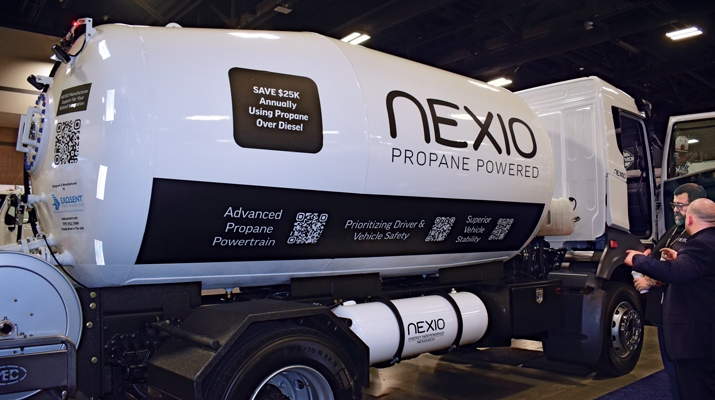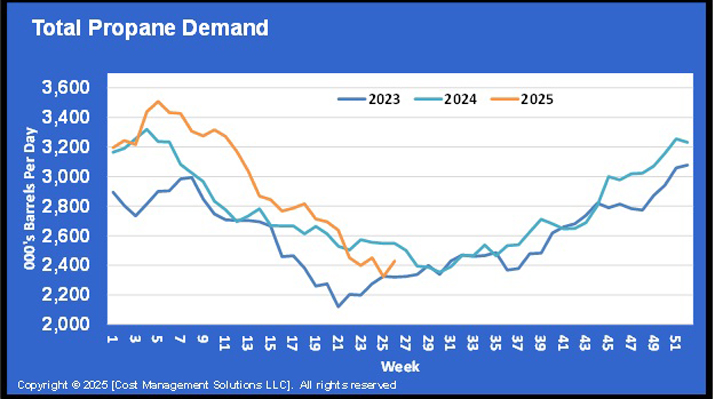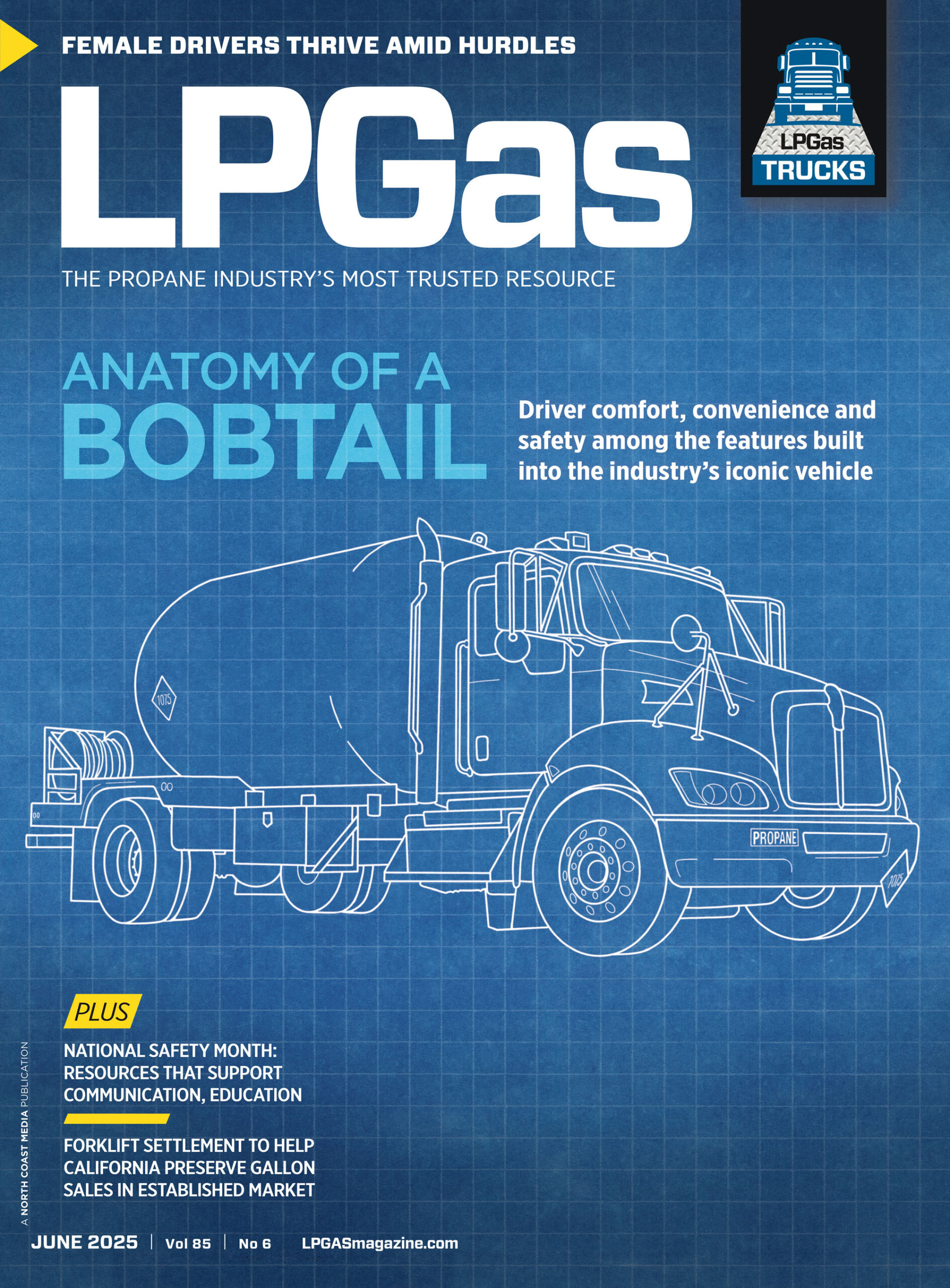Autogas fleet success stories
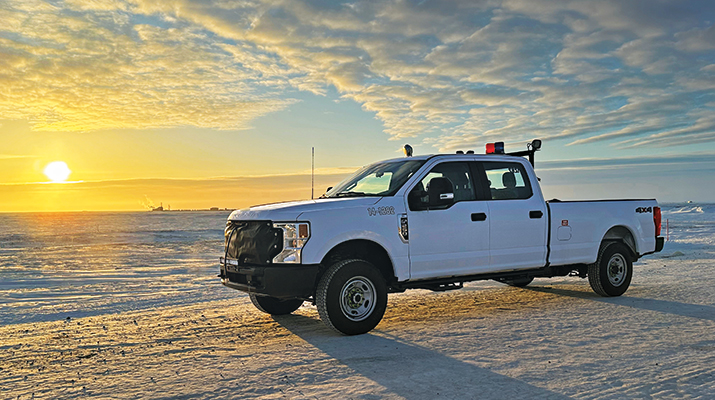
Autogas powers vehicles for this Alliance AutoGas customer in Alaska. (Photo courtesy of Alliance AutoGas)
Vehicle fleets’ interest in autogas has led to a wide array of success stories shared across the propane industry.
To discover the firsthand impact that autogas has made on North American fleets, LP Gas inquired about the latest success stories. Here are seven successes provided by propane industry subject matter experts.
Towing, HVAC companies expand fleets
AATR Towing, an Orlando, Florida-based company, has 17 autogas units, an aggregate that has risen considerably since 2017. Back then, the company – a customer of Precise Alternative Fleet Solutions – had three tow trucks that consumed more than 1,000 gallons of fuel each month. Now? It’s on track to achieve 100 percent light-duty fleet conversion by 2026.
“This success demonstrates how autogas cannot only meet but exceed expectations when it’s backed by a reliable, efficient autogas support team,” explains Precise CEO Ronny Martinez.

Martinez
Precise customer Total Comfort, an HVAC company, operates 30 units on autogas (out of its 90-vehicle fleet). Each of the 30 units uses 5,000 gallons of autogas annually.
“We provided system-agnostic support and complete annual service programs, allowing the fleet to operate more efficiently and with greater reliability,” Martinez says. “Our focus is for each autogas vehicle to remain on propane for its entire lifecycle.”
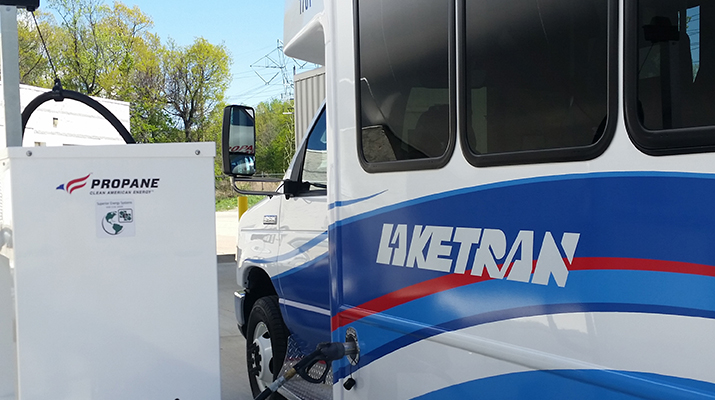
A Laketran transit bus refuels at a propane fueling station. (Photo courtesy of Superior Energy Systems)
Transit agency completes bus fleet conversion
Since Laketran – a transit agency that services Lake County, Ohio – first purchased a Roush CleanTech propane-fueled paratransit bus in 2018, its entire 60-vehicle fleet has been converted to propane.
Known as the Dial-a-Ride service, the agency’s dozens of propane-fueled vehicles provided 268,622 rides in 2023 alone. According to Ben Capelle, CEO of Laketran, the agency provides roughly 20,000 monthly rides on propane vehicles. And these figures are expected to rise, as 33 propane buses are on order for Laketran. Not to mention, the agency began to manage Geauga Transit this year and plans to convert that company’s fleet to propane, too.
“We have nine propane buses ordered to replace nine diesel vehicles,” Capelle says. “Geauga Transit has a fleet of 24 vehicles, and we aim to convert their entire fleet to propane.”
Last year, Laketran – which has an on-site autogas refueling station that includes 30,000 gallons of storage and three dispensers provided by Superior Energy Systems – traveled nearly 2 million propane-fueled miles, all while saving money in two substantial ways.
“Converting to propane fuel is saving Laketran a significant amount of money each year in fuel and maintenance costs,” Capelle says.
Northern fleets record considerable cost savings
UPS Canada has more than 1,000 trucks using Icom North America’s propane system. As an Icom customer for the past 10 years, UPS typically uses its Canadian-based trucks in severe-duty applications, as well as cold climates.
While doing so, its trucks have had success in two primary ways, according to Icom. First, their performances have been consistently high for long durations. In addition, they’ve recorded steady fuel cost savings, year after year.

Venezio
“Propane has been a great option for these fleets, due to their ease of use, along with the minimal costs and maintenance that are associated with autogas fueling stations,” says Albert Venezio, CEO of Icom North America. “Of course, their fleet fuel costs are much lower, when compared to diesel and gasoline, too.”
Of equal importance, UPS Canada’s trucks have achieved their fleet sustainability goals, as they’ve reduced their emissions while also using a domestic fuel source.
“Autogas’s availability as a domestic fuel source in Canada has become more and more important as well, a trend that will likely continue,” Venezio adds.
Meanwhile, a Prudhoe Bay, Alaska-based fleet, which has been using the Alliance AutoGas system, is saving more than 90 percent on its fuel costs.

Budworth
“There are currently over 200 vehicles, ranging from class 2 to 7, running on autogas north of the Arctic Circle,” explains Josh Budworth, vice president of business development for Alliance AutoGas. “The conditions can be as extreme as minus 64 degrees Fahrenheit, and the systems are running without any issues.”
He continues, “We are saving this fleet more than $5 a gallon – with 16 technicians trained on-site to keep the vehicles working.”
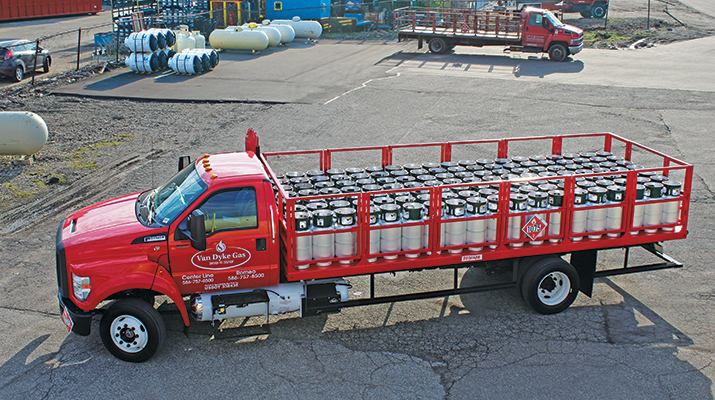
Van Dyke Gas in Michigan is one propane marketer operating its fleet vehicles on autogas. (Photo courtesy of Roush CleanTech)
Propane buses, vehicles minimize emissions, costs
In the meantime, Newport News Public Schools in Newport News, Virginia – a customer of Roush CleanTech’s – operates 153 propane buses, which is roughly half of its total bus fleet. By using propane buses, the school district has saved over $2 million in fuel and parts, as it saves at least 25 cents a mile.

Mouw
“Their propane buses are 90 percent cleaner, concerning nitrogen oxide emissions, than the EPA’s strictest models,” says Todd Mouw, executive vice president of Roush CleanTech. “They’re also 99 percent cleaner than older diesel models.”
Another Roush CleanTech customer, Michigan-based Van Dyke Gas, is operating 12 propane vehicles, each of which is driven for 100,000 miles annually. Much like Newport News Public Schools, Van Dyke Gas has reduced its fuel costs and emissions, too.

Reinhardt
Consequently, Andrew Reinhardt, general manager of Van Dyke Gas, has reached the following conclusion.
“If your company’s goals are to reduce fuel costs and emissions, while also avoiding downtime from charging, propane should be at the top of your list,” he says.








